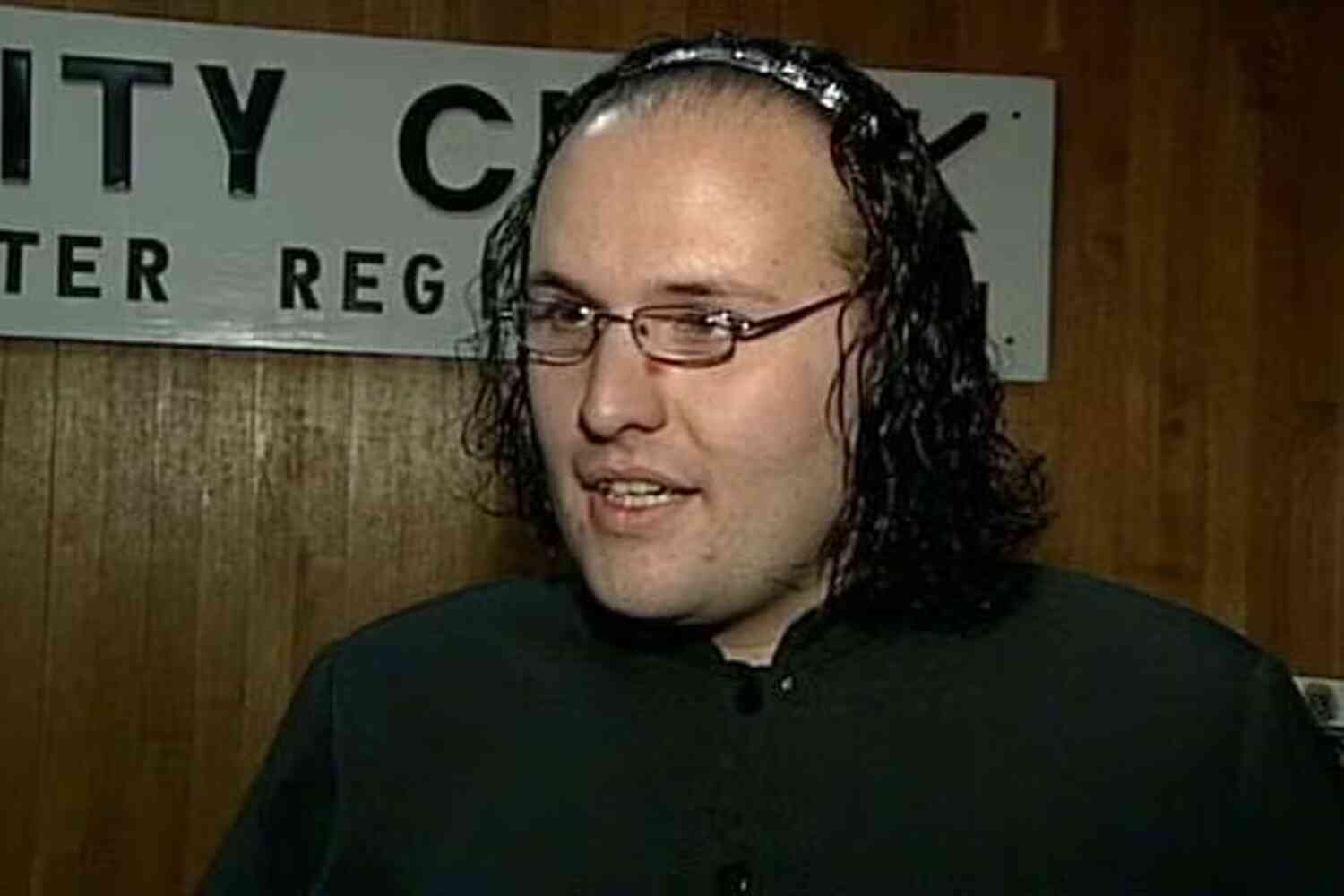Here is an instructive graph:
As you can see by the title, the chart tracks the Japans' total fertility rate.
The red arrow, meanwhile, indicates the most recent instance where Japan was anywhere close to the "replacement rate," i.e., the fertility rate necessary to keep a country's population stable (roughly 2.1 children per woman). Not growing, not shrinking, but stable.
Japan, in other words, has been rapidly shrinking for about 60 years now. And the scale of that crisis is growing so large that — well, see for yourself:
When Kentaro Yokobori was born almost seven years ago, he was the first newborn in the Sogio district of Kawakami village in 25 years. His birth was like a miracle for many villagers.
Well-wishers visited his parents Miho and Hirohito for more than a week – nearly all of them senior citizens, including some who could barely walk.
That is quite astonishingly like a pivotal scene from the fantastic movie "Children of Men."

But this isn't science fiction. It's real life. And as shocking as it is for one town to experience 25 years without a birth, it's not hard to picture this quiet nightmare or something like it eventually playing out at national scale:
During that quarter century without a newborn, the village population shrank by more than half to just 1,150 – down from 6,000 as recently as 40 years ago – as younger residents left and older residents died. Many homes were abandoned, some overrun by wildlife.
It's frightening. It's sad. It's happening because nobody is having babies in Japan anymore. Prime Minister Fumio Kishida recently told the nation that "time is running out to procreate," which is hardly the most inspiring slogan ever adopted by a politician. But he's right. If time hasn't run out already, it's almost there:
The country saw 799,728 births in 2022, the lowest number on record and barely more than half the 1.5 million births it registered in 1982. Its fertility rate – the average number of children born to women during their reproductive years – has fallen to 1.3 – far below the 2.1 required to maintain a stable population. Deaths have outpaced births for more than a decade.
Japan is vanishing. In many ways Japan has already vanished from rural communities like Kawakami — what's left is merely the ghost of an older country, slowly fading away.
Japan's leaders, as CNN notes, are "facing the unenviable task of trying to fund pensions and health care for a ballooning elderly population even as the workforce shrinks." But of course the problem is more existential even than that. Japan is one of the oldest, most historic, and most interesting countries in the world.
It is also a beacon of political sanity and stability in an East that for decades has been dominated by political chaos and demented ideologies. The loss of Japan as a reliable global presence would be incalculable at every level.
Advocates have been sounding the alarm about Japan's crisis for years. And yet:
Up against them are the busy urban lifestyles and long working hours that leave little time for Japanese to start families and the rising costs of living that mean having a baby is simply too expensive for many young people. Then there are the cultural taboos that surround talking about fertility and patriarchal norms that work against mothers returning to work.
Sure. An ancient civilization that actually perpetuates itself on the one hand, "long working hours" and "mothers returning to work" in the other. Which do you think is more important in the end?
It would seem, tragically, that Japan has already answered that.
And as for the rest of the world — we'd better start having some kids:









